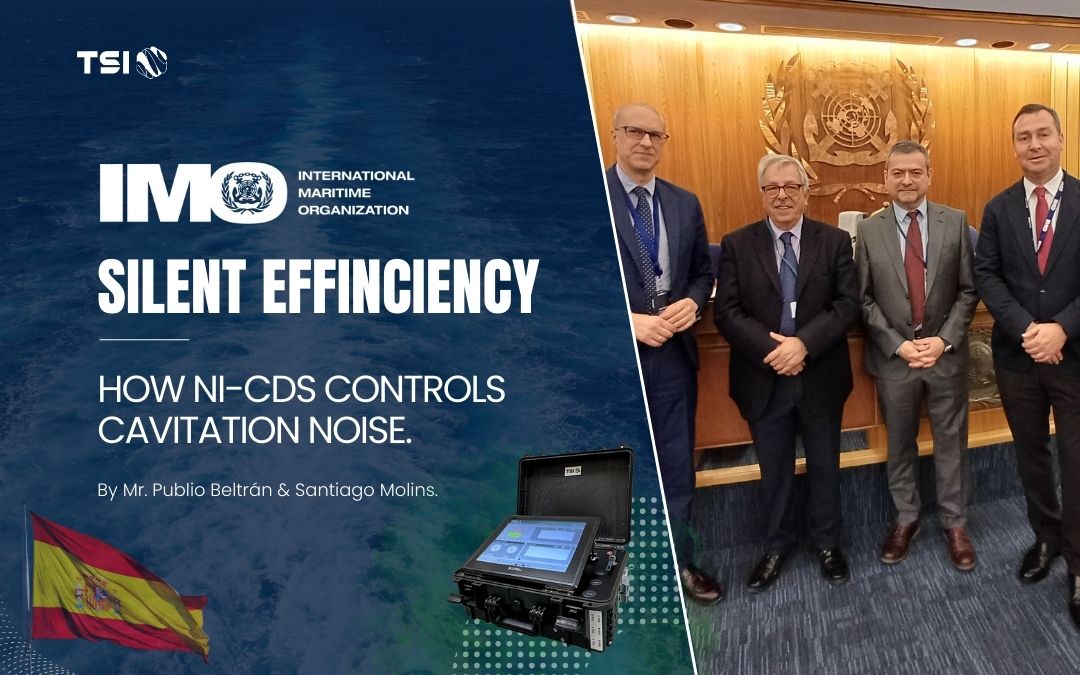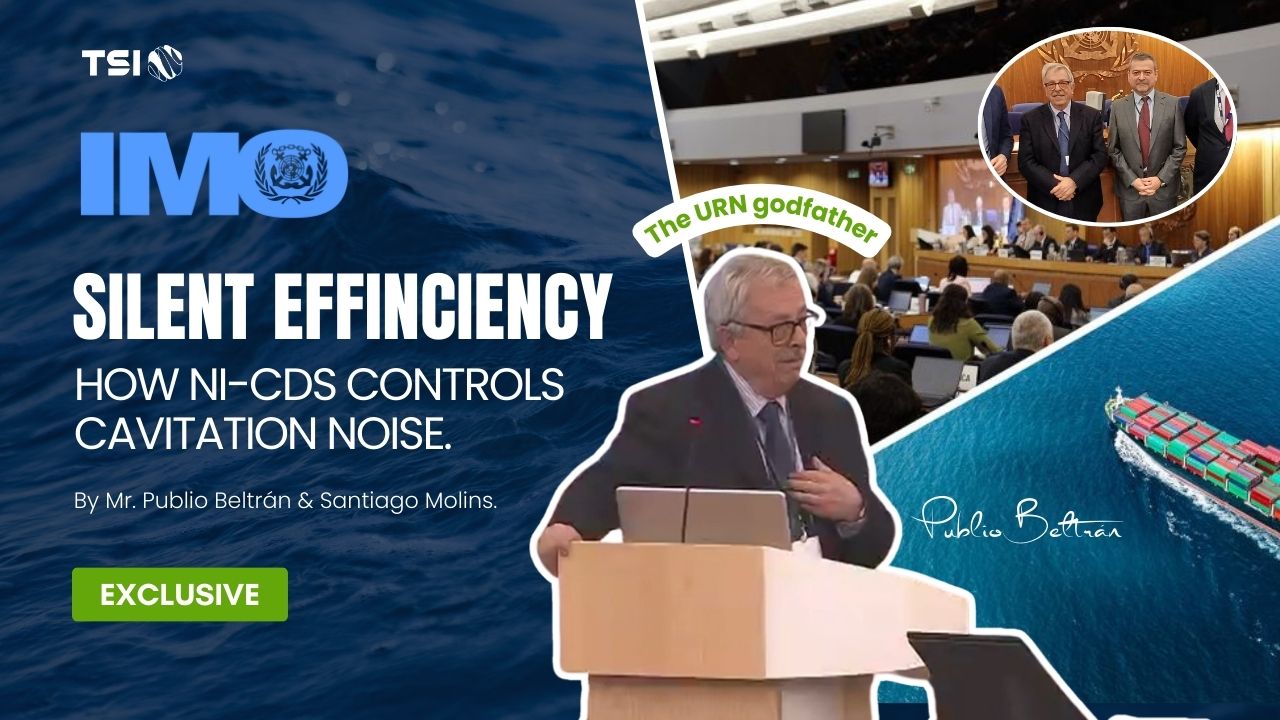Técnicas y Servicios de Ingeniería (TSI) is a Spanish company specialised in the design, development and application of high-level technological solutions for the maritime sector. With more than 25 years of experience, TSI is actively working on projects related to acoustic sustainability, improved propulsive efficiency and innovation in on-board systems. In line with this commitment, TSI participated in the 83rd session of the Marine Environment Protection Committee (MEPC), organised by the International Maritime Organisation (IMO), the United Nations specialised agency responsible for setting global standards for the safety, efficiency and environmental protection of international shipping.
A shared challenge: mitigating underwater noise.
One of the key challenges addressed at MEPC 83 is underwater noise pollution caused by ships, which represents a growing threat to marine wildlife, especially highly sensitive species such as whales, dolphins and migratory fish. In this context, TSI presented an innovative proposal: the Ni-CDS (Non-Intrusive Cavitation Detection System), specifically designed to detect and manage noise radiated into the water by cavitation, one of the most aggressive physical phenomena for the underwater acoustic environment, and also harmful to the propulsion elements of ships.
Check out the Conference at IMO!
What is Ni-CDS and why is it so important?
Ni-CDS is a non-intrusive cavitation detection system based on structural vibration analysis of the ship’s hull. Unlike invasive solutions, Ni-CDS requires no mechanical modifications or interference with the propulsion system or hull. Using strategically placed sensors, the system detects vibration patterns caused by cavitation in real time, allowing operators to:
- Real-time detection of cavitation events using external sensors.
- Reduction of underwater noise in noise protection zones.
- Optimisation of propeller usage and improvement of propulsive performance.
- Fuel and emissions savings by facilitating more efficient navigation.
- Reduced structural wear of propellers, rudders and hull.
- Integration with AI for predictive analytics and data-driven decision making.
- Advanced customisation, including silent modes on military vessels.
- An adaptable, scalable solution with an excellent return on investment for shipowners, operators and shipyards.
All this with a solution that offers a highly favourable cost-benefit ratio.
The Intervention at MEPC 83: An expert voice in a Key forum.
During the MEPC 83 technical session in London, Publio Beltrán, founder and CEO of TSI, was invited to present the Ni-CDS system. His intervention highlighted the importance of acting not only from the structural design of vessels, but also from the active operational management of underwater noise. With more than two decades of experience in the field, Publio was affectionately recognised by some colleagues as ‘the godfather of underwater noise’, an informal reference that reflects both his career and his influence in this specialised field of marine engineering. 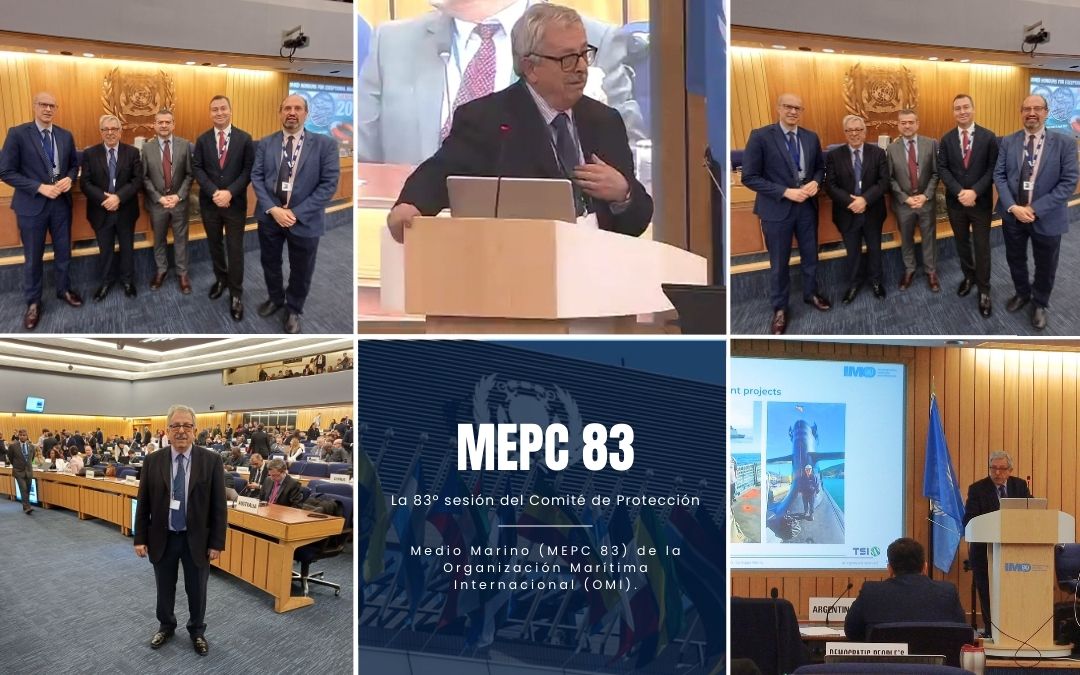
A technical exchange with a good sense of humour.
In the question time, a remarkable intervention came from the Canadian delegate, who showed interest in the structural applications of the cavitation data generated by Ni-CDS and asked: ‘How could this system help us redesign propellers or hull geometry?’ To which Publio, in his characteristically technical and straightforward tone, replied with a smile: ‘Well, if I were a propeller designer, I would give you a brilliant answer… but luckily for everyone, I am a specialist in underwater noise. What I can assure you is that the data provided by Ni-CDS is a very solid basis for designers to work their magic.’ This moment, greeted with laughter and nods in the room, reflected not only the technical value of the system, but also the collaborative and constructive tone of the session. The response, accompanied by a brief burst of laughter in the room, highlighted the necessary collaboration between different disciplines: designers, engineers and government agencies working hand in hand for a common goal.
Conclusion: design, measure and act to protect the marine environment.
The session concluded with a key reflection: acoustic sustainability is not achieved by design alone. Nor with analysis. It is the sum of both that will allow the industry to adapt to the new standards of environmental sustainability and international regulation. From TSI we thank the IMO for the opportunity to share our technology in such a relevant forum and we reaffirm our commitment to the development of effective, practical and adapted solutions to build a future where engineering and protection of the marine environment go hand in hand. 🛠️ Do you want to know how to apply Ni-CDS? Contact us and we will study together how to reduce the acoustic impact of the vessels without intervening their structure.
-
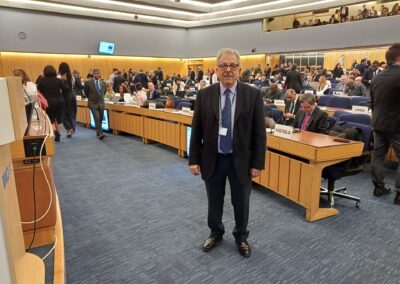
Publio Beltrán in IMO
-
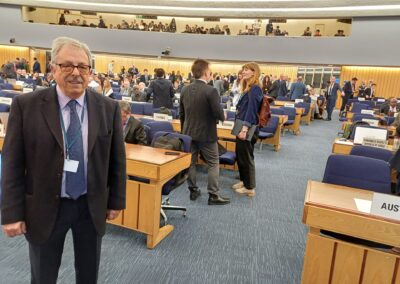
Publio Beltrán
-
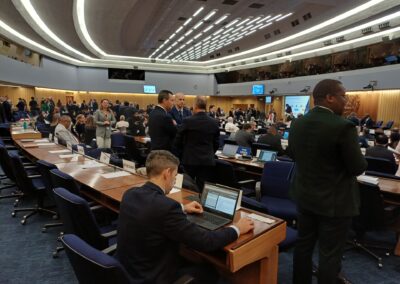
IMO Conference 2025
-
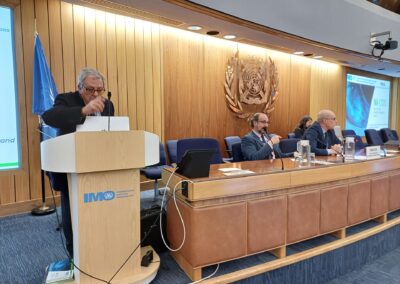
IMO Committee
-
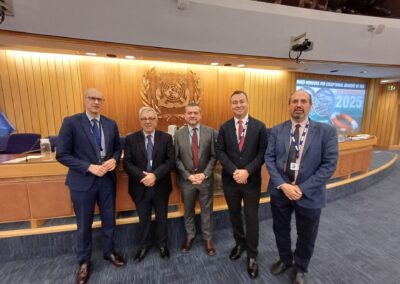
IMO Committee
-
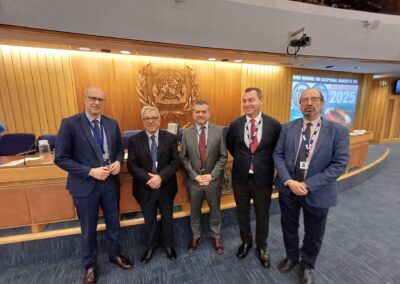
IMO Committee
-
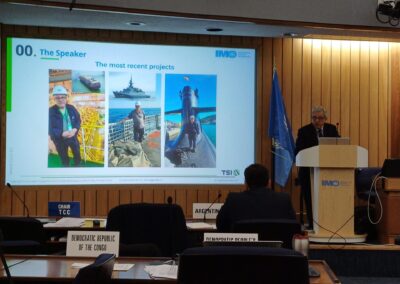
-
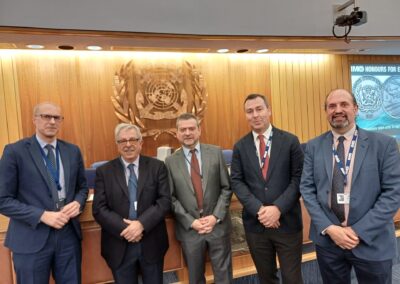
IMO Committee

